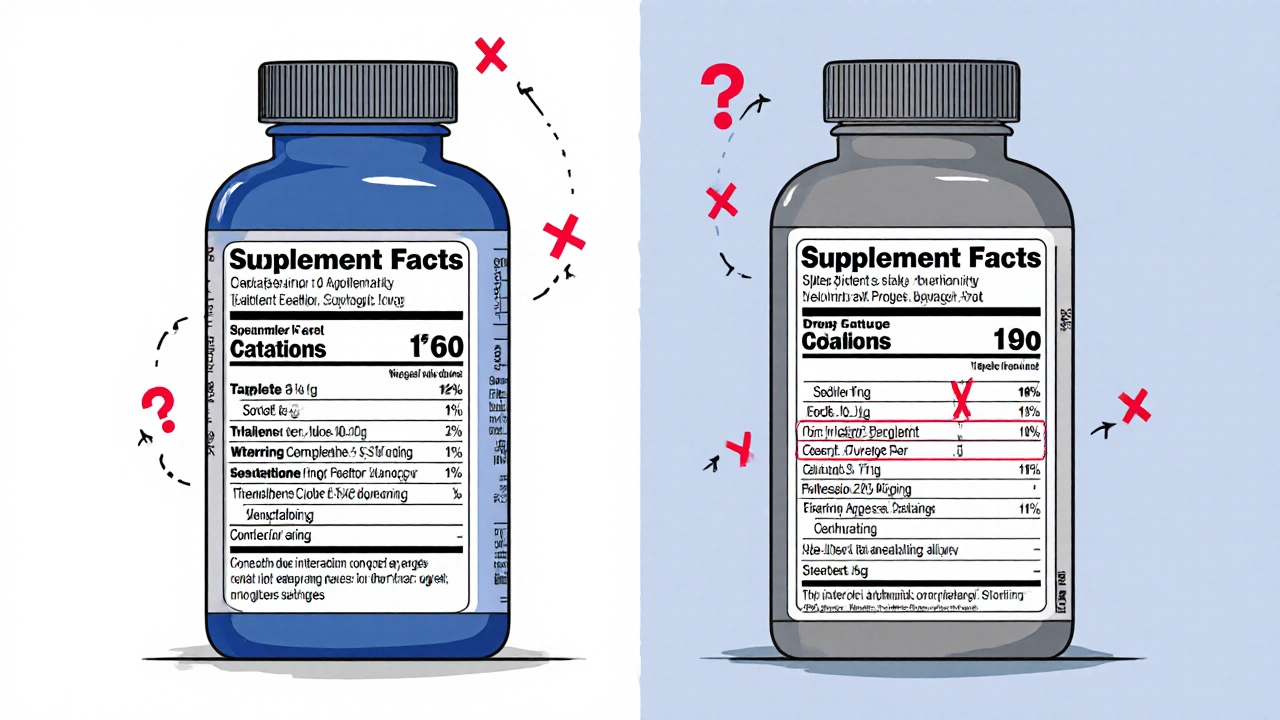School Accommodation Planner
Identify Key Symptoms
Select the symptoms your child experiences that affect school participation
Recommended Accommodations
Why these accommodations?
Based on your selected symptoms, these accommodations will help maintain focus and reduce pain:
How to request this
When discussing with school staff, phrase your request like this:
"To help my child maintain focus during lessons, a short movement break after the first hour would be beneficial."
When a child is diagnosed with juvenile arthritis is a chronic autoimmune condition that causes joint pain, swelling, and stiffness in kids and teens, school life can feel like a minefield. Parents, teachers, and school staff often wonder how to keep learning on track while easing pain and fatigue. This guide walks you through the practical steps you can take, from paperwork to daily routines, so the child can thrive academically and socially.
Understand How Juvenile Arthritis Affects School Days
Kids with juvenile arthritis may experience:
- Morning stiffness that makes it hard to sit upright for the first hour.
- Flare‑ups triggered by cold weather, stress, or intense physical activity.
- Fatigue from medication schedules or frequent doctor visits.
- Emotional ups and downs when peers don’t see the invisible pain.
Knowing these patterns helps you anticipate the moments when support will matter most.
Start the Conversation with the School Team
Gather the following documents before you call the school:
- Medical summary from the rheumatologist, outlining diagnosis, typical flare triggers, and medication timing.
- Any existing IEP (Individualized Education Plan) or 504 plan paperwork.
- Contact details for the child’s school nurse and primary classroom teacher.
Set up a meeting that includes the nurse, a special‑education coordinator, and the teacher. Use clear, non‑medical jargon: "My child’s joints get stiff each morning, so a short break after the first period helps them refocus."
Choose the Right Legal Framework: IEP vs. 504 Plan
Both the IEP and 504 plan provide legal protection, but they differ in scope and eligibility. Use the table below to decide which one fits your child’s needs.
| Feature | IEP (Special Education) | 504 Plan (Disability Accommodation) |
|---|---|---|
| Legal Basis | IDEA (Individuals with Disabilities Education Act) | Section 504 of the Rehabilitation Act |
| Eligibility Threshold | Significant impact on learning, requiring specialized instruction | Any limitation of a major life activity (e.g., walking, learning) |
| Document Type | Written plan with measurable goals and services | Accommodation list, less formal |
| Review Cycle | At least annually, with possible interim reviews | Typically reviewed every three years, or when needs change |
| Typical Accommodations for Arthritis | Modified schedule, occupational therapy, adaptive equipment | Extended time, preferential seating, restroom access |
The IEP is better if the child needs ongoing therapy or specialized instruction. A 504 plan works well for lighter accommodations like extra breaks or modified homework load.

Classroom Accommodations That Really Help
Here are practical tweaks you can request and why they matter:
- Scheduled movement breaks: A 5‑minute stand‑up or stretch every 45 minutes reduces stiffness.
- Flexible seating: A cushioned chair or a stability ball eases joint pressure.
- Adjusted workload: Allowing the child to complete written assignments on a laptop reduces hand pain.
- Locker proximity: Placing the locker near the classroom cuts the distance they need to walk between classes.
- Quiet space: A designated area for rest during flare‑ups prevents isolation.
When you suggest an accommodation, phrase it as a benefit for learning: "A short movement break helps maintain focus during math lessons."
Managing Medication and Appointments During School Hours
Many children take disease‑modifying antirheumatic drugs (DMARDs) or NSAIDs on a set schedule. Coordinate with the school nurse to:
- Store medication in a locked, temperature‑controlled drawer.
- Document dosing times in a daily log that the nurse signs off.
- Allow the child to self‑administer (if school policy permits) after a brief training session.
If the child has regular physiotherapy sessions, ask whether the school can host a visiting physical therapist once a week, or whether the child can attend an off‑site clinic during a free period.
Supporting Emotional and Social Well‑Being
Living with chronic pain can feel lonely, especially when classmates don’t see the struggle. Consider these steps:
- Peer education: A short, age‑appropriate talk about juvenile arthritis demystifies the condition.
- Buddy system: Pair the child with a classmate who can remind them about breaks or help carry materials.
- Counselling access: Request school‑based counselling for coping strategies, anxiety management, and self‑advocacy.
- Extracurricular flexibility: Allow the child to participate in clubs with modified roles (e.g., a music student can sit during rehearsals).
Regular check‑ins with the child-ask "How did today feel?" rather than assuming everything is fine.

Tips for Parents to Stay Organized
Juggling doctor appointments, school paperwork, and daily pain management can become chaotic. A simple system helps:
- Create a shared Google Sheet titled "Arthritis Tracker" with columns for date, medication, symptoms, and school notes.
- Set calendar reminders for medication times, physiotherapy sessions, and school meetings.
- Keep a binder with all medical records, IEP/504 documents, and teacher communications.
- Designate a weekly email update to the school nurse summarizing any new flare‑ups or schedule changes.
Staying organized reduces stress for both child and caregivers, and it gives the school clear, up‑to‑date information.
When Things Don’t Go as Planned
If the child experiences a severe flare during school, follow this quick response plan:
- Ask the child to move to the designated quiet space.
- Notify the school nurse immediately; provide a brief symptom description.
- If medication is needed, the nurse administers it according to the written log.
- Communicate with the classroom teacher about any missed work and arrange a catch‑up plan.
- After school, update the rheumatologist if the flare lasted longer than 24 hours.
Having a pre‑agreed plan means everyone knows their role, and the child feels safe.
Frequently Asked Questions
Can a child with juvenile arthritis still join sports teams?
Yes, but the activity may need modification. Low‑impact options like swimming, cycling, or adaptive yoga reduce joint stress while still providing cardio benefits. Always discuss any new sport with the rheumatologist and the school’s physical therapist.
What’s the difference between a 504 plan and an IEP for arthritis?
A 504 plan focuses on accommodations that level the playing field-extra breaks, preferential seating, or equipment. An IEP adds specialized instruction and therapy services when the arthritis significantly impacts learning. Choose the one that matches the child’s functional needs.
How often should a child take medication during school hours?
Medication schedules vary. Many children take a dose in the morning before school and another mid‑day. The school nurse should keep a dosing log and ensure timing aligns with the doctor’s prescription.
What if a teacher refuses to implement suggested accommodations?
First, review the written IEP or 504 plan-they’re legal documents. If resistance persists, request a meeting with the school’s special‑education coordinator or district superintendent. You can also seek advice from a local advocacy group for juvenile arthritis.
How can I help my child cope with the emotional side of arthritis?
Encourage open conversation about pain, involve a school counselor, and explore peer‑support groups (online or in‑person). Teaching self‑advocacy-letting the child speak up about their needs-builds confidence and reduces feelings of isolation.








8 Comments